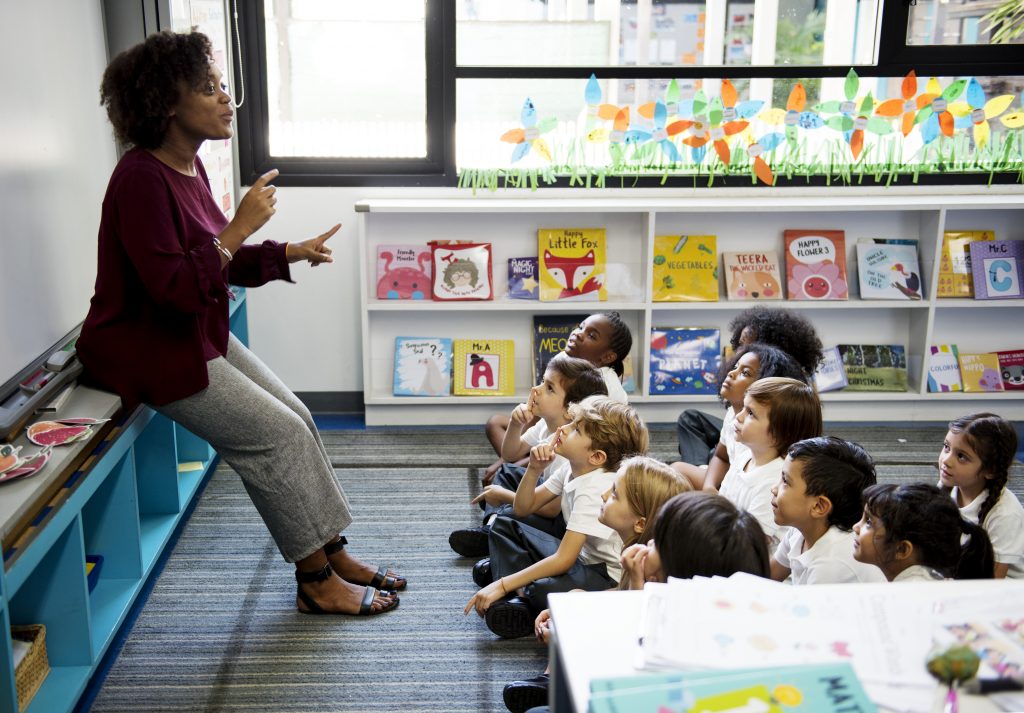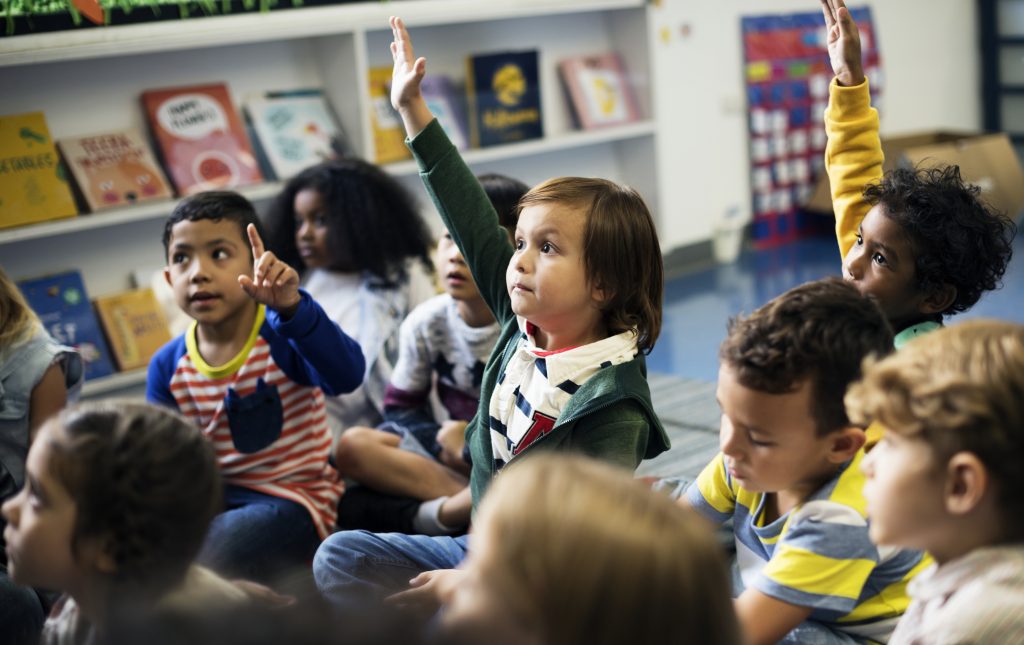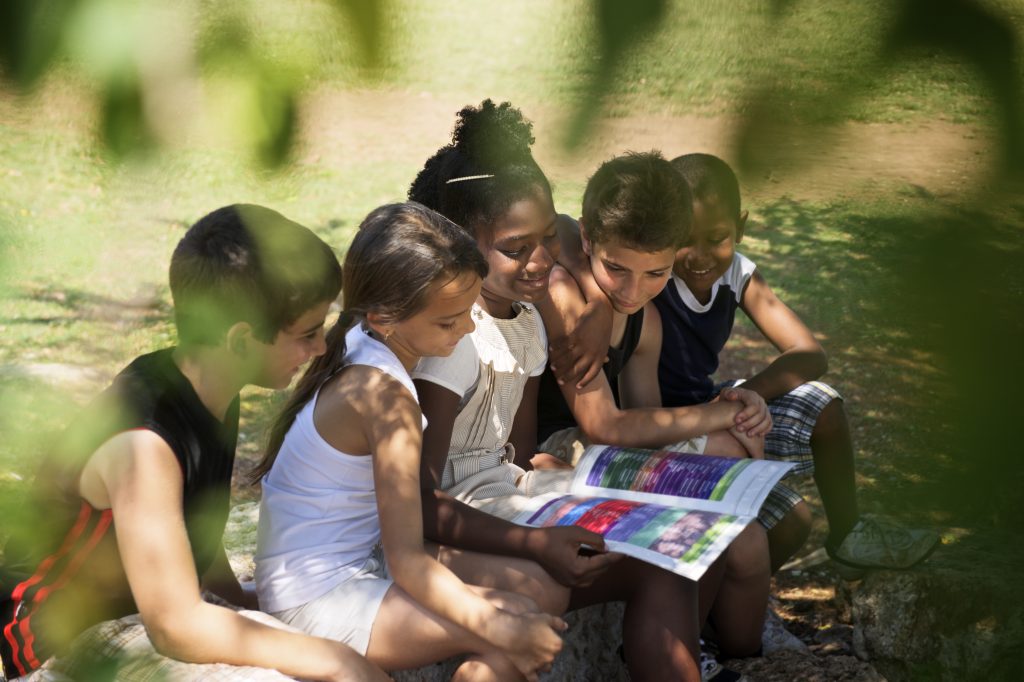By. Susan Santone
Celebrate diversity: This familiar phrase invites us to find joy in our uniqueness, inspiring many a workshop, T-shirt, poster, and bumper sticker. But there’s one thing diversity isn’t: a solution to educational inequities. That takes structural change. While our collective backgrounds are indeed worthy of celebration, the problem of persistent inequity is not a lack of celebration – it’s the lack of will and action to dismantle the structural barriers to equal opportunity.
But what does that mean in everyday practice for educators? In this piece, I’ll provide guidelines for building a school culture of equity that supports not only inclusion, but also achievement. To “begin with the end in mind,” let’s start with the student outcomes we want our efforts to support.
Outcomes for Students
In his writing about multicultural education, renowned multicultural scholar James Banks discusses the need to consider students as citizens: active, engaged, and caring individuals who are able and willing to advance democratic goals. Specifically, students should be able to:
- Participate in personal, social, and civic actions that will help make our nation more democratic and just.
- Interact positively with people from diverse groups, whether based on ethnicity, race, culture, class, sexual orientation, gender, or other social groups.
- Develop a commitment to make their communities, the nation, and the world more just and humane.
To develop these outcomes in students, teachers must create opportunities across the curriculum. This involves adapting teaching practices – and that begins with examining underlying beliefs and assumptions. This brings us to our first guideline.
Get Clarity on the Terms “Culture” and “Diversity”
Establishing a common understanding of vocabulary sets the foundation for school or districtwide change. The terms “culture” and “diversity” are often used as references to people of color. But such usage is problematic; it presumes that whiteness is neutral, and that diversity is something others possess in comparison. To get clarity, let’s step back and look at more accurate definitions.

Culture refers to the collection of learned values, behaviors, attitudes, and practices that are shared by a group of people or an institution. Culture includes physical and material objects; language, stories, and music; behaviors, norms, and social rules; and attitudes, beliefs, and values. Culture is learned and acquired through a process of socialization and interactions among individuals, families, institutions (such as schools), and the communities they are nested in.
Diversity is about our collective differences, not degrees of variance measured in relation to those assumed to be “unmarked” by race or ethnicity. A mixed race, low-income, transgender girl who uses a wheelchair is not more diverse than a white, middle-class, able-bodied heterosexual male (although the latter likely garners more advantages based on his social groups). In short, diversity is an overall measure of the differences within a given community; these differences span race, gender, ethnicity, and other aspects of identity. Educators must keep in mind that notions of “regular” and “different” are social constructs – a result of the dominant group’s power to project its ways as normal and natural.
Don’t be Colorblind and Don’t Treat Students “the Same”
Once we understand what culture and diversity are, the next step is to acknowledge it. In terms of physical appearance, biological differences in skin tone or hair texture are natural. Pretending to be colorblind (let’s face it – we can see skin tones) assumes that color – not our attitudes – are the problem. The real problem is that society categorizes and ranks people by color, resulting in artificial notions of “race” that confers different levels of power and access to opportunity.
Know the Difference Between “Equality” and “Equity”
The terms equality and equity are often used interchangeably. However, they have distinct (and sometimes contested) meanings. The terms equal and equality refer to sameness. For example, equal rights means having the same rights. By this definition, inequality means differences and disparities among (or within) populations.
But sameness is not always fair. Consider a building with access only via a flight of stairs. Imagine two people trying to get into the building: a person who can walk and a person in a wheelchair. While both have the same entry method (the stairs), the sameness creates a barrier for one person. This shows us that the well-intentioned efforts to “treat everyone the same” can actually result in inequality.

Equity introduces the concept of fairness (i.e., equal access and opportunity). But this can look different for different people. Returning to our example, the addition of a ramp results in two different entryways, but it’s this very difference that provides equity.
Likewise, calls for “equal funding” for all schools mask the fact that the children within these schools have different needs. Instead, we must pursue equitable funding that provides each student with access to opportunities to be successful. This means, for example, rectifying the well-documented pattern of unequal access to advanced coursework and challenging learning for students of color and low-income students.
When Teaching About Culture, Move Beyond “Teepees and Tacos”
Many teachers are working to bring multicultural perspectives into their curriculum – a positive step to be sure. But the way we present and frame content has implications. Here, James Banks again provides guidance.
Banks lays out a framework of content integration defined by levels of representation, awareness, and critical inquiry. On one end, he describes the “Heroes and Holidays” approach, which focuses on recognizing celebrations or exceptional individuals. For example, a lesson on famous scientists might include George Washington Carver to “diversify” the lesson, but this can remain tokenistic.
Banks calls the next stage the Ethnic Additive approach. Here, cultural content is more substantial but still a sidebar to the dominant perspective, which remains unquestioned. For example, the curricula might include a unit about Native Americans. Yet, if the treatment focuses only on the “romantic” past peppered with images of canoes and teepees, students get the message that Native peoples are historical curiosities rather than a part of today’s society.

Going deeper, Banks’ third stage, the Transformative approach, co-centers the experiences of all actors. As Banks notes, a unit on the so-called Westward Expansion would be reframed as “Two Cultures Meet.” This more accurate presentation provides fertile ground to engage students in complex analysis. Students would then carry their analysis into the fourth stage, Social Action, which focuses on real-world applications. For example, older students might review the cultural content in their school’s curriculum and make recommendations to administration. Younger students can read different accounts of an event and, with teacher guidance, consider whose story is being told and why that matters.
The real question is, who controls the narrative in our curriculum— or even belongs in it?
Use Culturally Responsive Teaching Across Disciplines
In contrast to teaching about culture (as described above), culturally responsive teaching (CRT) aims to connect content in any discipline to students’ cultures, experiences, and communities to expand academic horizons. In other words, CRT is about bridging culture and academic learning. For educators, the foundation is understanding and leveraging the strengths of students’ cultures, languages, experiences, families, and communities (instead of seeing them as problems to be fixed). For example, family histories can be a platform for social studies content. Age-appropriate community data (e.g., census figures, public health information) provide real-world examples of math in our everyday lives.
To be effective, CRT must make connections that are authentic and support – not constrict – learning. Consider a teacher who assigns two “urban” students to write a rap while the rest of the class learns how to craft an analytical essay. While potentially well-meaning, the approach boxes students into stereotypes; after all, what if the kids don’t like rap? This hinders, rather than enriches, academic growth. Instead, teachers must create cultural on-ramps that actually lead toward new knowledge and skills. For example, all students might examine the linguistic elements of a rap (word choice, tone, structure) and compare this with the conventions of an essay.
This highlights the need for educators to examine their own biases and cultural frames. This includes understanding how our background affects our perspective and the limitations of that perspective. It also means challenging the deficit thinking that assumes students of color are less capable and motivated. Going further, educators must also examine how biases and deficit narratives manifest in disciplinary practices, such as the disproportionate suspensions of black students.
Conclusion
Diversity is wonderful and gives us much to cherish but fulfilling democracy’s promise of equity requires more than celebrations; it requires changing the dynamics that value some groups above others. Anything less that this – from tokenistic relevance to tacked-on multicultural content – obscures the marginalization such practices actually perpetuate.
Author Bio
Susan Santone is an internationally recognized educator with 25 years of experience in curriculum reform, educational policy, and sustainability. An instructor at the University of Michigan School of Education (and formerly, Eastern Michigan University), she’s designed and taught graduate and undergraduate courses on education reform, multicultural education/social justice, the social/political foundations of education, teaching ecological economics, and curriculum design. She’s the author of Reframing the Curriculum: Design for Social Justice and Sustainability (Routledge) and is a frequent presenter at national and international conferences. She currently serves on the board of the U.S. Society for Ecological Economics.

